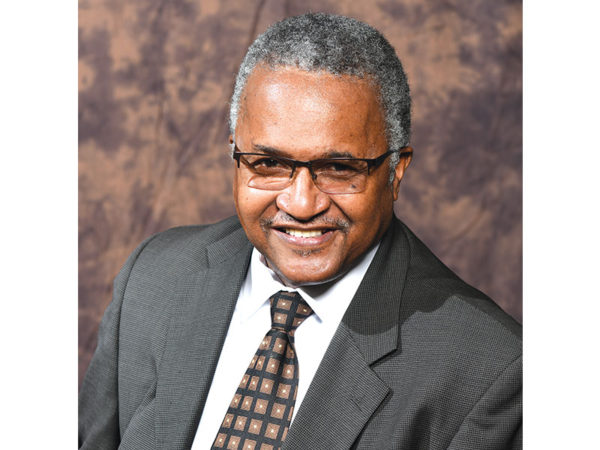Six months ago the city hired an expert to advise the city on how to eliminate its growing crime problem. That was July 11, 2017. The consultant was paid $25,000 to help solve the problem, but what did we get for our $25,000?
There was considerable emotion at the time because the regularity of murders and attempts caught the public’s attention as a result of media reports. Nearly all of the murders and attempts in the last five years that occurred each involved young adults and youth, and nearly all involve handguns.
The mayor asked for citizens concerned about the crime to gather at the police center and about 300 people showed up, vented their emotions and the city made videos to show their concern and to document that the city did do “something.”
On July 11 the city council unanimously passed a resolution approving a contract with a crime specialist whose job it would be to “consult and advise the City of Monroe on the present law enforcement and community services provided to residents.”
When it was finally approved, instead of being an over crime reduction plan, which involved mostly young adults and some juveniles, it was limited to a “Juvenile Violence Prevention Project.”
The City hired Curtis L. Spears and Associates, a consulting company that has worked with other cities to train law enforcement officials throughout the nation, approximately 12 a year for the last 16 years.
Spears has a long history of law enforcement experience including serving with the Los Angeles County Sheriff’s Department from 1971 to 2001 as a division chief responsible for the safety of 750,000 citizens and the supervision of ten patrol stations.
It appeared that the consultant was experienced and knew his stuff. At least on paper.
To reduce the juvenile violence and crime, the consultant told the city that he would:
–Develop and implement a city plan to combat juvenile violence that emphasizes “prevention and intention.”
–Develop and deliver a marketing strategy to all community stakeholders to gain their cooperation and collaboration.
–Set up and guide an advisory council that includes members of each stakeholder group.
–Devise an early warning system that alerts us to the onset of juvenile anti-social behavior and develop methodologies to address the issues.
–Identify community organizations that can contribute to the plan and assess their effectiveness.
–Develop a directory of services to be utilized by school and first responders.
–Establish roll-out teams to respond to all events involving juvenile or family violence, shootings, deadly assaults, large fights, and extreme family violence.
–Develop an alternative jail program; a structured sixteen-week program that will utilize personnel from MPD, a full-time director and volunteers. This program would provide guidance and counseling to youth.
It was a grand plan on paper. However, the Free Press submitted a Freedom of Information Request for the Consultants report and the city’s communications director responded that the consultant has not provided the city with anything in writing: reports, emails, letters or documents, but he had conversations with the administration.
It would be nice to see the early warning system that would alert police when anti-social behavior was about to lead to violence.
It would be equally nice to see the mechanics for the rollout teams and the alternative to jail programs.
Since this $25,000 was paid for consultation, programs, guidance and plans that haven’t been put on paper, but just discussed.
Since the council’s resolution was for “consultation on crime issues” and the company was contracted to deal with juvenile violence prevention, it appears that the real problem of increase violent crime, in general, is a big problem for the city.
Since the city says the consultant has not provided any of the documents outlined in its approved proposal, then it may be right for the public to conclude that we didn’t get much for $25,000.
As crime continues to increase and the death toll keeps climbing, with no planned response in place, maybe the city should get its money back.


